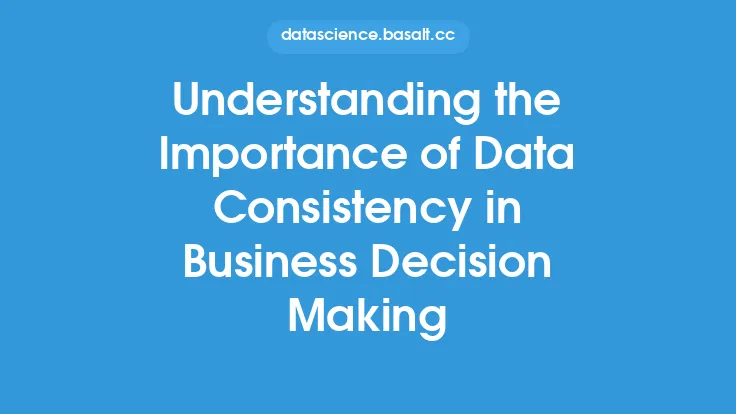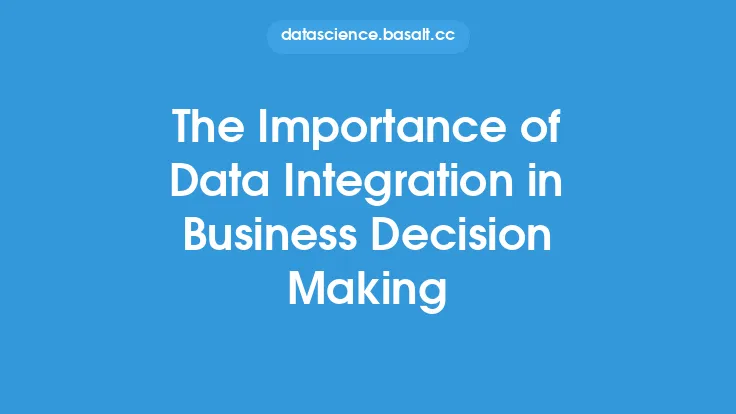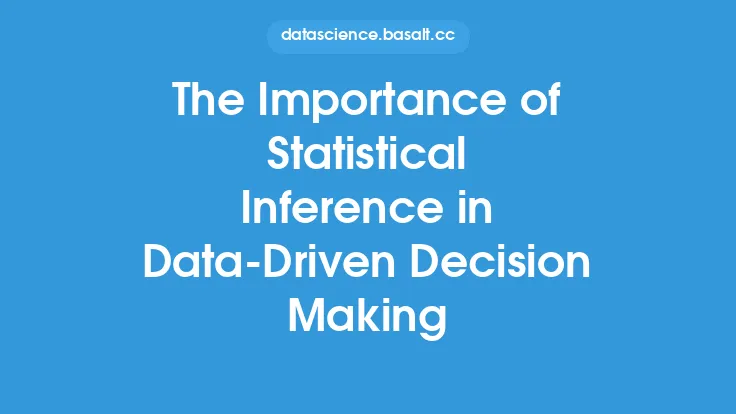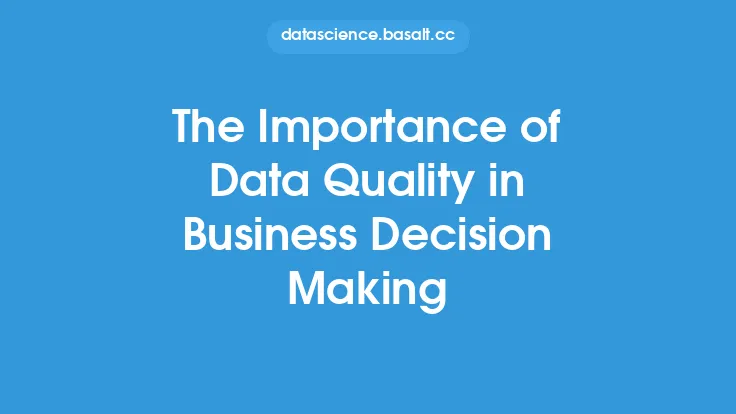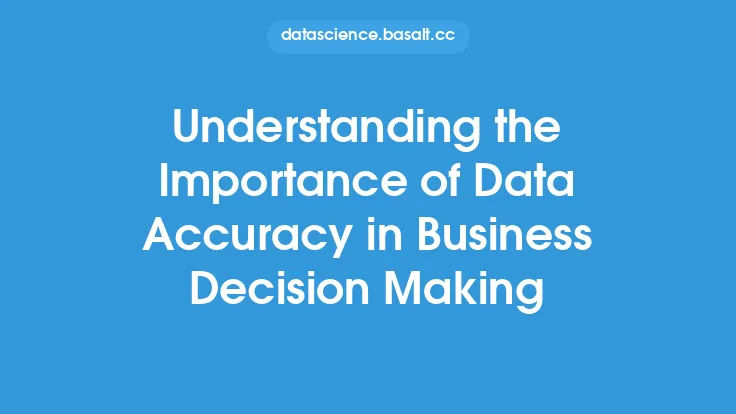In today's fast-paced and competitive business landscape, making informed decisions is crucial for driving growth, improving efficiency, and staying ahead of the competition. One key aspect of business decision making is the ability to identify and understand patterns in data. Pattern discovery, a fundamental concept in data mining, plays a vital role in uncovering hidden relationships, trends, and insights that can inform strategic business decisions. By leveraging pattern discovery techniques, businesses can gain a deeper understanding of their customers, markets, and operations, ultimately leading to better decision making and improved outcomes.
What is Pattern Discovery?
Pattern discovery refers to the process of automatically identifying and extracting meaningful patterns, relationships, and trends from large datasets. This involves using various statistical and machine learning techniques to analyze data and uncover hidden insights that may not be immediately apparent. Pattern discovery is a critical component of data mining, as it enables businesses to extract valuable knowledge from their data and make informed decisions. By applying pattern discovery techniques, businesses can identify patterns in customer behavior, market trends, and operational data, which can be used to drive business strategy and improve performance.
The Role of Pattern Discovery in Business Decision Making
Pattern discovery plays a crucial role in business decision making by providing insights that can inform strategic decisions. By analyzing data and identifying patterns, businesses can gain a deeper understanding of their customers, markets, and operations. This can help businesses to identify opportunities and challenges, anticipate future trends, and make informed decisions about investments, resource allocation, and risk management. For example, a retail business may use pattern discovery to analyze customer purchase data and identify patterns in buying behavior. This can help the business to develop targeted marketing campaigns, optimize product offerings, and improve customer engagement.
Types of Patterns in Business Data
Business data can contain various types of patterns, including trends, correlations, clusters, and anomalies. Trend patterns refer to changes in data over time, such as seasonal fluctuations or long-term shifts in customer behavior. Correlation patterns refer to relationships between different variables, such as the relationship between customer demographics and purchase behavior. Cluster patterns refer to groups of similar data points, such as customer segments or market niches. Anomaly patterns refer to unusual or unexpected data points, such as outliers or exceptions. By identifying and understanding these patterns, businesses can gain valuable insights into their operations and make informed decisions.
Pattern Discovery Techniques
There are various pattern discovery techniques that can be used to analyze business data, including statistical methods, machine learning algorithms, and data visualization tools. Statistical methods, such as regression analysis and hypothesis testing, can be used to identify trends and correlations in data. Machine learning algorithms, such as decision trees and clustering algorithms, can be used to identify complex patterns and relationships in data. Data visualization tools, such as charts and graphs, can be used to visualize data and identify patterns and trends. By applying these techniques, businesses can uncover hidden insights in their data and make informed decisions.
Benefits of Pattern Discovery in Business Decision Making
The benefits of pattern discovery in business decision making are numerous. By identifying and understanding patterns in data, businesses can gain a deeper understanding of their customers, markets, and operations. This can help businesses to develop targeted marketing campaigns, optimize product offerings, and improve customer engagement. Pattern discovery can also help businesses to identify opportunities and challenges, anticipate future trends, and make informed decisions about investments, resource allocation, and risk management. Additionally, pattern discovery can help businesses to improve operational efficiency, reduce costs, and enhance competitiveness.
Challenges and Limitations of Pattern Discovery
While pattern discovery can provide valuable insights for business decision making, there are also challenges and limitations to consider. One of the main challenges is the quality and availability of data, as pattern discovery requires large and high-quality datasets to produce accurate results. Another challenge is the complexity of pattern discovery techniques, which can require specialized skills and expertise to apply effectively. Additionally, pattern discovery can be time-consuming and resource-intensive, requiring significant computational power and data storage. Furthermore, pattern discovery can also be limited by the presence of noise and outliers in data, which can affect the accuracy of results.
Real-World Examples of Pattern Discovery in Business
There are many real-world examples of pattern discovery in business, across various industries and sectors. For example, a retail business may use pattern discovery to analyze customer purchase data and identify patterns in buying behavior. A financial institution may use pattern discovery to analyze transaction data and identify patterns in customer spending. A healthcare organization may use pattern discovery to analyze patient data and identify patterns in disease diagnosis and treatment. By applying pattern discovery techniques, these businesses can gain valuable insights into their operations and make informed decisions to drive growth, improve efficiency, and enhance competitiveness.
Conclusion
In conclusion, pattern discovery is a critical component of business decision making, enabling businesses to identify and understand patterns in data and make informed decisions. By applying pattern discovery techniques, businesses can gain a deeper understanding of their customers, markets, and operations, and develop targeted strategies to drive growth, improve efficiency, and enhance competitiveness. While there are challenges and limitations to consider, the benefits of pattern discovery in business decision making are numerous, and businesses that leverage pattern discovery techniques can gain a significant competitive advantage in today's fast-paced and competitive business landscape.
